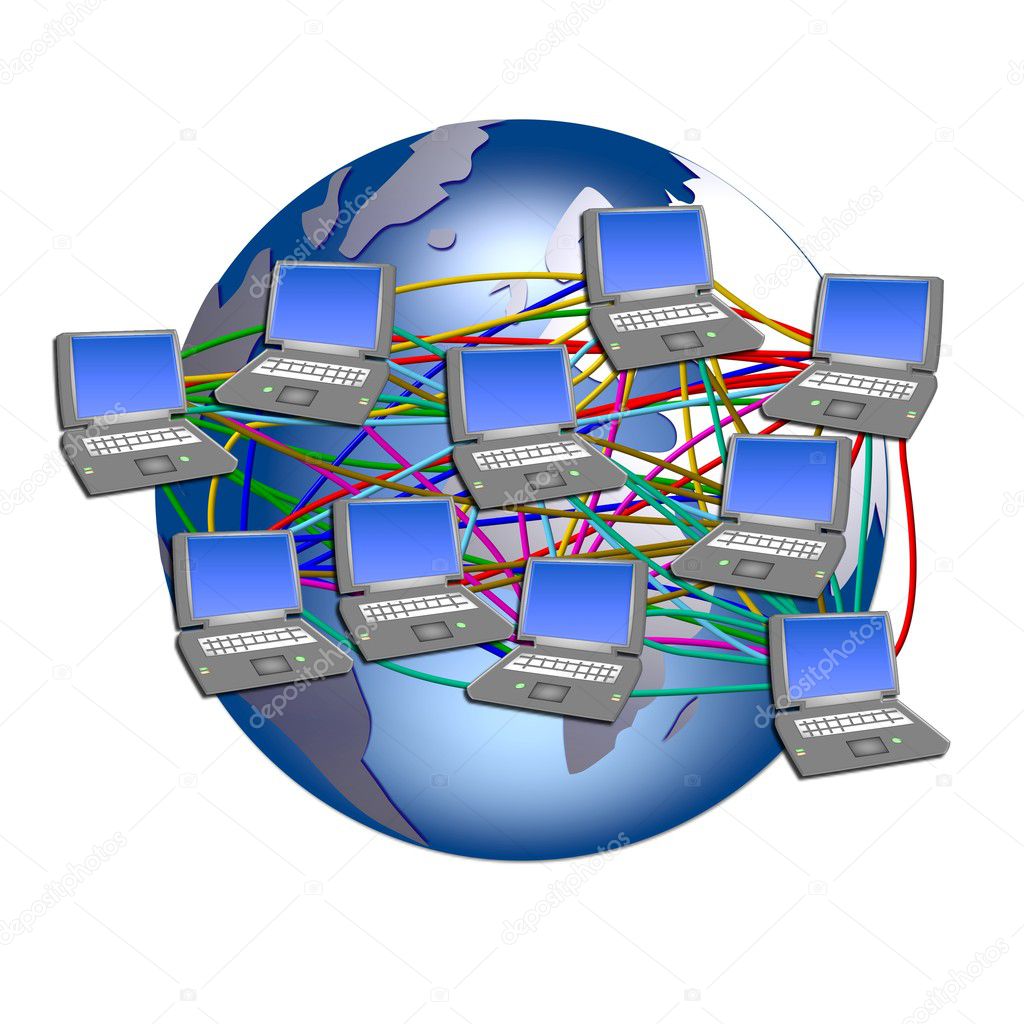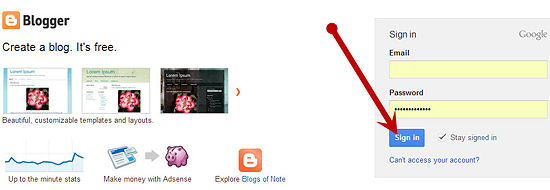
วันอาทิตย์ที่ 28 กรกฎาคม พ.ศ. 2556
Data Center Facebook
Facebook is seeking an expert facility operations engineer to join our datacenter operations team. Our data centers serve as the foundation upon which our software operates to meet the demands of our customers. The suitable candidate will work with the management team to facilitate operating and maintaining the data center. The candidate will need to be experienced in diverse industries such as electrical generation, electrical distribution, cooling technologies and fire suppression systems.build a world-class facility in our new Data Center in Lulea, Sweden. This role will be based in Dublin, Ireland.


Data Center Google
The Google Modular Data Center is a set of shipping containers used by Google to house its servers. They were revealed on April 1, 2009, during the first Google Data Center Efficiency Summit in Mountain View, California. The data centers are rumored to cost $600 million USD each, and use from 50 to 103 megawatts of electricity. They house the computing resources that comprise the Google platform.
Google was reported in November 2005 to be working on their own shipping container datacenter. Although in January 2007 it was reported that the project had been discontinued, Google's patent on the concept was still pushed through the patent system and was successfully issued in October 2007. In 2009 Google announced that their first container based data center has been in production since 2005.

Computer Network
A computer network (or data network) is a telecommunications network that allows computers to exchange data. The physical connection between networked computing devices is established using either cable media or wireless media. The best-known computer network is the Internet. Network devices that originate, route and terminate the data are called network nodes.[1] Nodes can include hosts such as servers and personal computers, as well as networking hardware. Two devices are said to be networked when a process in one device is able to exchange information with a process in another device. Computer networks support applications such as access to the World Wide Web, shared use of application and storage servers, printers, and fax machines, and use of email and instant messaging applications. The remainder of this article discusses local area network technologies and classifies them according to the following characteristics: the physical media used to transmit signals, the communications protocols used to organize network traffic, along with the network's size, its topology and its organizational intent.
Home network
A home network or home area network (HAN) is a residential local area network (LAN) for communication between digital devices typically deployed in the home, usually a small number of personal computers and accessories, such as printers and mobile computing devices. An important function is the sharing of Internet access, often a broadband service provisioned by fiber-to-the-home or via Cable Internet access, Digital Subscriber Line (DSL) or mobile broadband by Internet service providers (ISPs). If an ISP only provides one IP address, a router including network address translation (NAT), proxy server software and typically a network firewall, allows several computers to share the external IP address. The router function may be assumed by a PC with several network interfaces, but a dedicated router device is more common, often including a wireless accesspoint, providing WiFi access.
How to Create Your Blog with www.blogger.com
How to Create Your Blog with www.blogger.com
Blogger is an online service owned by Google that publishes single or multi-user blogs created entirely by the user. The service has quickly become the preferred choice of many novice bloggers and is one of the easiest methods of creating and publishing a blog for free. If you are unfamiliar with the service, this article will teach you how to set up an account and create a blog on Blogger.com.
steps
1.Navigate to www.blogger.com using your web browser of choice.
3.If you do not have a Google Account, click “Get Started” to create one.
4.Enter a “Display Name” to be used to sign your blog posts and click “Continue”.
5.Click “Create Your Blog Now”
11.The title of your post goes in the text box next to “Title”.
12.The body of your post will get entered into the “Compose” text editor, where you will also be able to access basic text editor functions such as font size, text color, the ability to insert links.
13.You can also use the “Edit HTML” tab to insert your post in HTML format, if you prefer.


Blogger is an online service owned by Google that publishes single or multi-user blogs created entirely by the user. The service has quickly become the preferred choice of many novice bloggers and is one of the easiest methods of creating and publishing a blog for free. If you are unfamiliar with the service, this article will teach you how to set up an account and create a blog on Blogger.com.
steps
1.Navigate to www.blogger.com using your web browser of choice.
2.Sign in using your Google Account to get started.
3.If you do not have a Google Account, click “Get Started” to create one.
4.Enter a “Display Name” to be used to sign your blog posts and click “Continue”.
5.Click “Create Your Blog Now”
6.Select a “Blog title” and an available URL for your blog. You can check if the URL you are considering is available by clicking "Check Availability".
7.Enter the word verification and click continue.
8.Choose a starter template, which will act as the basic design/layout of your blog.
9.Click “Start Blogging”
10.You can create new blog posts, edit posts, and edit pages from under the “Posting” tab.
12.The body of your post will get entered into the “Compose” text editor, where you will also be able to access basic text editor functions such as font size, text color, the ability to insert links.
13.You can also use the “Edit HTML” tab to insert your post in HTML format, if you prefer.
14.The “Post Options” section located underneath the “Compose” text editor will allow you to enable reader comments, HTML settings, and post the time and date.
15.You can now either select “Save Now” to save your post, “Preview” to preview your post before publishing to your blog, or “Publish Post” to publish your post directly to your newly created blog.
16.If you wish to change the design of your blog from the starter template you selected when initially creating your blog, you can do so under the “Design” tab.
17.From within the “Design Tab” you will be able to edit Page Elements, HTML, and change your template with Temple Designer.

18.If you want to adjust other settings such as who is able to view, contribute to, or comment on your blog etc, click the “Settings” tab.

19.You can adjust publishing, comments, archiving, permissions, and all other settings from within the sub-tabs located under the main “Settings” tab.
20.You can add new authors that are able to contribute to and edit your blog by clicking the “Settings” tab> “Permissions” sub-tab, and selecting “Add Authors”.
สมัครสมาชิก:
ความคิดเห็น (Atom)
















